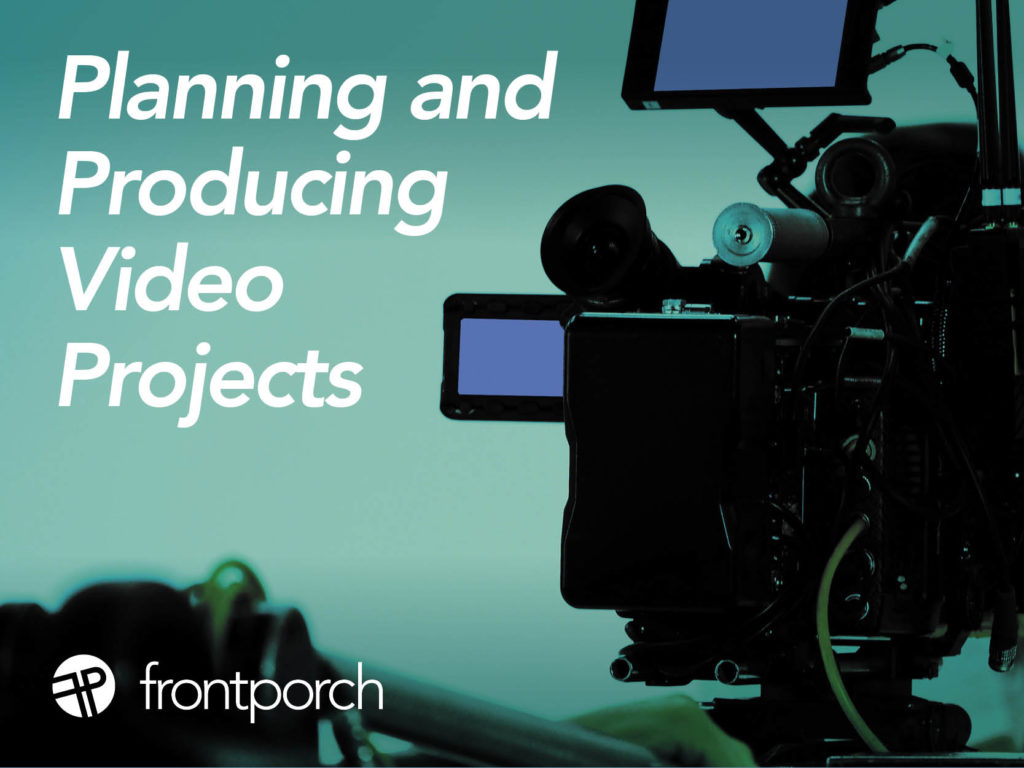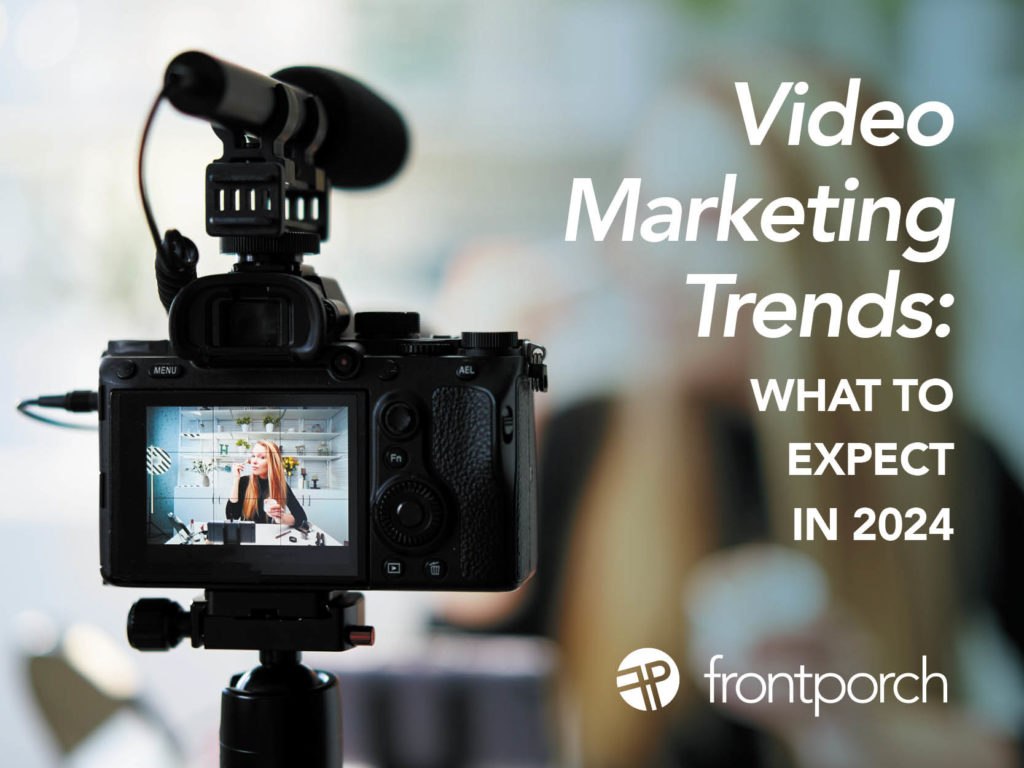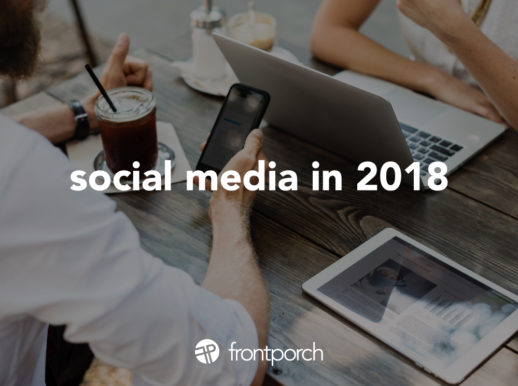
B2B marketing makes use of many traditional content formats: white papers, case studies, e-books. These are the bread and butter of traditional B2B marketing. They work, but they aren’t exactly setting the world on fire. Today’s B2B buyers are still people, and people crave engaging, dynamic, and diverse content experiences. If your brand wants to stand out, it’s time to think beyond the white paper. Explore some of these unconventional B2B content formats that not only capture attention but also build relationships, foster trust, and drive action.
Podcasts: Thought Leadership in an Audio Content Format
B2B decision-makers are busy, and podcasts offer a hands-free way to consume content on the go. A branded podcast can position your company as a thought leader, provide industry insights, and foster deeper connections.
Why it works: Podcasts humanize your brand and give it a voice (literally). They create an ongoing conversation with your audience and can feature clients, partners, and internal experts.
Try this: Start a series focused on common industry challenges, invite guest experts, or spotlight customer success stories.
Interactive Tools and Calculators
Rather than telling potential customers how much they can save or improve with your solution, show them. Interactive tools—like ROI calculators, diagnostic quizzes, or self-assessment tools—engage your audience and provide immediate, personalized value.
Why it works: These tools make your content actionable and offer instant insights tailored to your audience’s specific needs.
Try this: Develop a “Readiness Assessment” tool or an ROI calculator that demonstrates the tangible benefits of your service.
Data Visualizations and Infographics Content Formats
B2B buyers are often inundated with data. Help them digest complex information quickly with visual content like infographics, charts, and data visualizations.
Why it works: Visuals make data easier to understand and more shareable. They turn dry stats into compelling stories.
Try this: Create a series of infographics that break down industry trends, benchmarks, or survey results in an easy-to-read format.
Video Content Formats (That Aren’t Webinars)
Video isn’t just for B2C brands. Short, engaging videos can explain complex products, showcase case studies, or introduce your team.
Why it works: Video is more engaging and digestible than long-form content. It builds trust by putting faces to your brand.
Try this: Create customer testimonial videos, behind-the-scenes looks at your company culture, or explainer videos that simplify your offerings.
Memes and GIFs: Lightening Up B2B
It sounds risky, but done right, memes and GIFs can add personality to your brand and make your content more relatable. Even in B2B, humor has a place.
Why it works: Humor humanizes your brand and makes your content more approachable. Just make sure it’s appropriate for your audience and industry.
Try this: Use GIFs in email campaigns or sprinkle memes into your social media to highlight common industry frustrations (and how you solve them).
Virtual Events and Experiences as a Content Format
Webinars are a staple, but virtual events like interactive workshops, networking mixers, or virtual roundtables can create richer experiences.
Why it works: These formats encourage real-time engagement, build community, and offer more opportunities for personalized interaction.
Try this: Host an invite-only virtual roundtable for industry leaders or offer live Q&A sessions with your product team.
Try New Ways to Reach Your Audience with Unconventional Content Formats
The days of relying solely on white papers and case studies are behind us. Today’s B2B marketers have more tools than ever to create engaging, innovative, and unexpected content that resonates.
By embracing formats like podcasts, interactive tools, and even memes, B2B brands can meet their audiences where they are, deliver value in new ways, and stay top of mind in a crowded marketplace.






